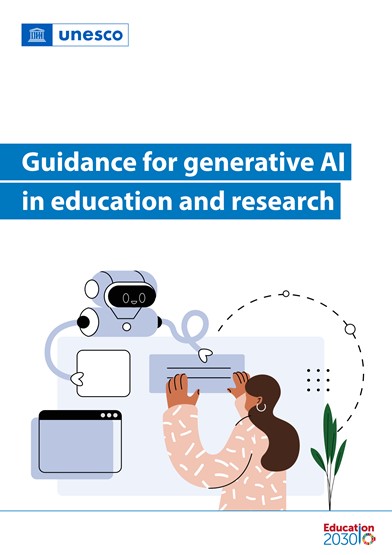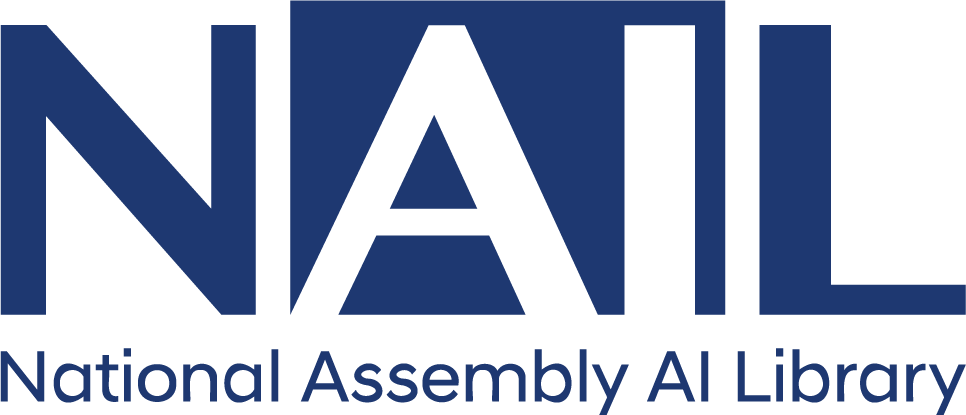
목차
Foreword 2
Acknowledgements 3
List of acronyms and abbreviations 6
Introduction 7
1. What is generative AI and how does it work? 8
1.1 What is generative AI? 8
1.2 How does generative AI work? 8
1.2.1 How text GenAI models work 9
1.2.2 How image GenAI models work 11
1.3 Prompt-engineering to generate desired outputs 11
1.4 Emerging EdGPT and its implications 13
2. Controversies around generative AI and their implications for education 14
2.1 Worsening digital poverty 14
2.2 Outpacing national regulatory adaptation 14
2.3 Use of content without consent 15
2.4 Unexplainable models used to generate outputs 15
2.5 AI-generated content polluting the internet 16
2.6 Lack of understanding of the real world 16
2.7 Reducing the diversity of opinions and further marginalizing already marginalized voices 17
2.8 Generating deeper deepfakes 17
3. Regulating the use of generative AI in education 18
3.1 A human-centred approach to AI 18
3.2 Steps to regulate GenAI in education 18
3.3 Regulations on GenAI: Key elements 20
3.3.1 Governmental regulatory agencies 20
3.3.2 Providers of GenAI tools 21
3.3.3 Institutional users 23
3.3.4 Individual users 23
4. Towards a policy framework for the use of generativeAI in education and research 24
4.1 Promote inclusion, equity, and linguistic and cultural diversity 24
4.2 Protect human agency 24
Table of contents Guidance for generative AI in education and research 5
4.3 Monitor and validate GenAI systems for education 25
4.4 Develop AI competencies including GenAI-related skills for learners 25
4.5 Build capacity for teachers and researchers to make proper use of GenAI 26
4.6 Promote plural opinions and plural expressions of ideas 26
4.7 Test locally relevant application models and build a cumulative evidence base 27
4.8 Review long-term implications in an intersectoral and interdisciplinary manner 27
5. Facilitating creative use of GenAI in education and research 28
5.1 Institutional strategies to facilitate responsible and creative use of GenAI 28
5.2 A ‘human-centred and pedagogically appropriate interaction’ approach 29
5.3 Co-designing the use of GenAI in education and research 29
5.3.1 Generative AI for research 29
5.3.2 Generative AI to facilitate teaching 30
5.3.3 Generative AI as a 1:1 coach for the self-paced acquisition of foundational skills 31
5.3.4 Generative AI to facilitate inquiry or project-based learning 33
5.3.5 Generative AI to support learners with special needs 34
6. GenAI and the future of education and research 36
6.1 Uncharted ethical issues 36
6.2 Copyright and intellectual property 36
6.3 Sources of content and learning 36
6.4 Homogenized responses versus diverse and creative outputs 37
6.5 Rethinking assessment and learning outcomes 37
6.6 Thinking processes 37
Concluding remarks 38
References 39



